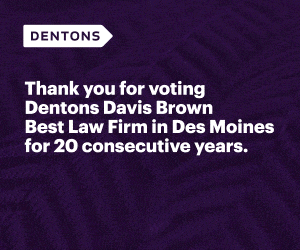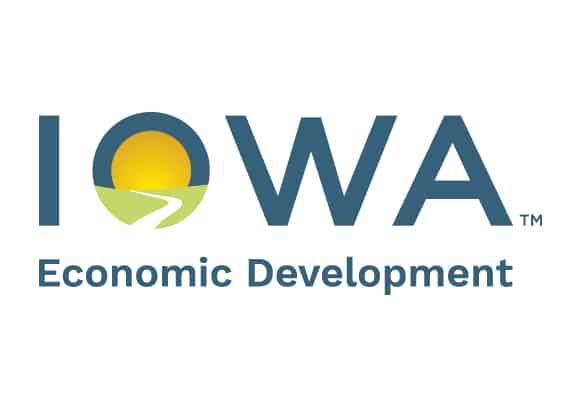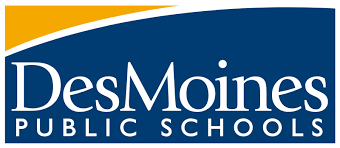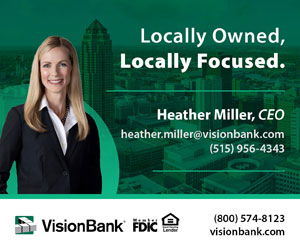On Leadership: Ageism in the workplace

SUZANNA de BACA Jan 4, 2023 | 2:00 pm
3 min read time
715 wordsAll Latest News, On Leadership, Opinion
On a recent airplane trip, I sat near two passengers who were making jokes about technology limitations of some of their older colleagues. Seems that their human resources director still couldn’t figure out a few Zoom features and some “old guy” named Pete kept asking one of them for help with a certain software program over and over. “Isn’t it time for Pete to retire?” one of the young men said, laughing.
I never did find out how old Pete was, but I was struck by the blatant ageism of my fellow travelers. Apparently it is not uncommon. Across the U.S., we’re in one of the tightest labor markets in decades, yet a recent AARP survey of workers 50 and over revealed 91% of respondents said age discrimination against older workers is more frequent than ever. In fact, nearly 80% of older employees say they’ve seen or experienced age discrimination in the workplace, the highest response rate since AARP began including the question in 2003.
“Ageism is one of the most unfair paradoxes in the labor market,” says a recent CNN article, “People put in decades of hard work and then find themselves penalized for having done so.”
The Age Discrimination in Employment Act forbids age discrimination against people who are age 40 or older. But more subtle prejudice, unconscious bias, or jokes like the ones made by my fellow travelers are not necessarily illegal and may go unchecked. Unfortunately, stereotypes and microaggressions relating to any age group can erode employee engagement, create a noninclusive or hostile environment, and may be damaging to your organization. In the AARP survey, approximately one-third (32%) of older adults in the labor force indicated that in the last two years they had heard negative comments in the workplace about an older co-worker’s age. Age-bashing certainly isn’t going to help retention — or anything.
Conversations about diversity, equity and inclusivity are common today, but don’t often focus on age. I recently wrote about supporting millennials in the workplace in a recent Business Record article, but it is equally important to focus on all age groups. Organizations have programs for emerging leaders, up-and-comers and high-potential middle managers, but we don’t hear much about development opportunities or career paths for those over 50. Disregarding ongoing training or development and assuming someone is headed out the door once they turn 65 is a missed opportunity. Individuals have much to offer at various phases of life, and support for the Greatest Generation, boomers, and Generation Xers is as essential to your organization as development for younger generations.
“Age-diverse teams are valuable because they bring together people with complementary abilities, skills, information, and networks.” says a recent Harvard Business Review article. “If managed effectively, they can offer better decision-making, more productive collaboration, and improved overall performance — but only if members are willing to share and learn from their differences.”
This applies to all areas of an organization, including at the board level. At a corporate board education symposium I recently attended, the trend toward raising mandatory age limits for directors came up. Given changes in longevity and the fact many individuals are working past traditional retirement age, many boards are now reconsidering policies.
Ultimately, in order to maximize the benefits of intergenerational teams, people need to believe that they actually have something to learn from each other. If a 20-something team member can absorb information about an industry, gain leadership skills, and develop management techniques from a member of an older cohort, that has tremendous value to an organization. If a 70-year-old worker can get coaching on how to use some new software, social media or agile practice from that same millennial, everyone is better off. But it takes empathy, openness, and the desire to share and learn for everyone to reap the benefits across generations.
As a leader, are you acknowledging the contributions of every generation? Are you continuing to create pathways and challenges for your colleagues of all ages? If so, your organization will be stronger and more ready for collaboration.
And if you have a truly inclusive and collegial culture with a balance of give and take, the millennials in your workplace might have a little more patience when you ask for help with your iPhone.









